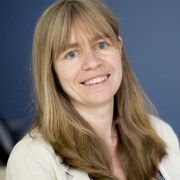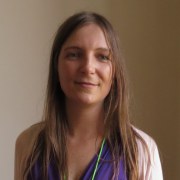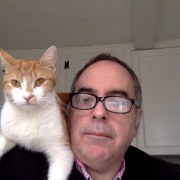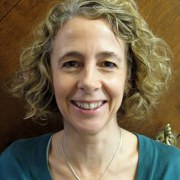Rethinking authentic experiences with natural history collections
The power of natural history collections as tools for scientific enquiry lies in their sheer size. But how do we convey this to visitors? Conventional approaches that treat these collections like art pieces, using small numbers of selected objects, are inadequate. This is not how scientists use specimens, particularly as new technologies revolutionise collections-based research. If we want visitors to understand this process we must think differently.
Panellists will explore physical and digital projects that facilitate access to natural history collections and open up the scientific process to visitors. Following a brief Q&A, and guided through a series of questions, participants will be challenged to undertake a ‘thought experiment’ and explore which of these different approaches might fit their own institution. After sharing ideas and reflections in small groups, the session will conclude with a brief “reporting back” segment.
Facilitator
Executive Director, Harvard Museums of Science & Culture
Harvard Museums of Science & Culture
Session speakers
Head of Communication / Director of the Hall of Biodiversity - Ciência Viva Center
The MHNC-UP is under a deep renewal focused on infrastructures, collections and museography. The first phase of the project was concluded in 2017, with the opening of the Hall of Biodiversity, a university museum/science centre hybrid where art and science intertwine. There, in elegant displays, large numbers of specimens are meticulously ordered according to aesthetic and architectural rules to convey key scientific topics. I will discuss how this project unfolds and is perceived by the public.
Director of Public Programs
Yale Peabody Museum of Natural History
Aggregated data from natural history collections are a powerful tool for research, but opportunities for a broad public to access and manipulate data are limited. As part of a US nation-wide initiative, we have developed a digital toolset that enables teachers and students to address key concepts in science education using collection records - the same data that are used by scientists. These activities mirror the Peabody's commitment to increased physical accessibility, through a major building and gallery renovation.
Deputy Director and Head of Public Engagement
Oxford University Museum of Natural History
Behind-the-scenes tours of natural history collections are always popular, but how often do visitors leave with an awareness of their importance to the scientific process? Using large collections in science education is challenging. I will draw on a range of examples of museums that have employed programmed access to collections to increase engagement with the process of science, including investigation projects with young people, new ways of using tours, and the use of ‘study gallery’ spaces.




